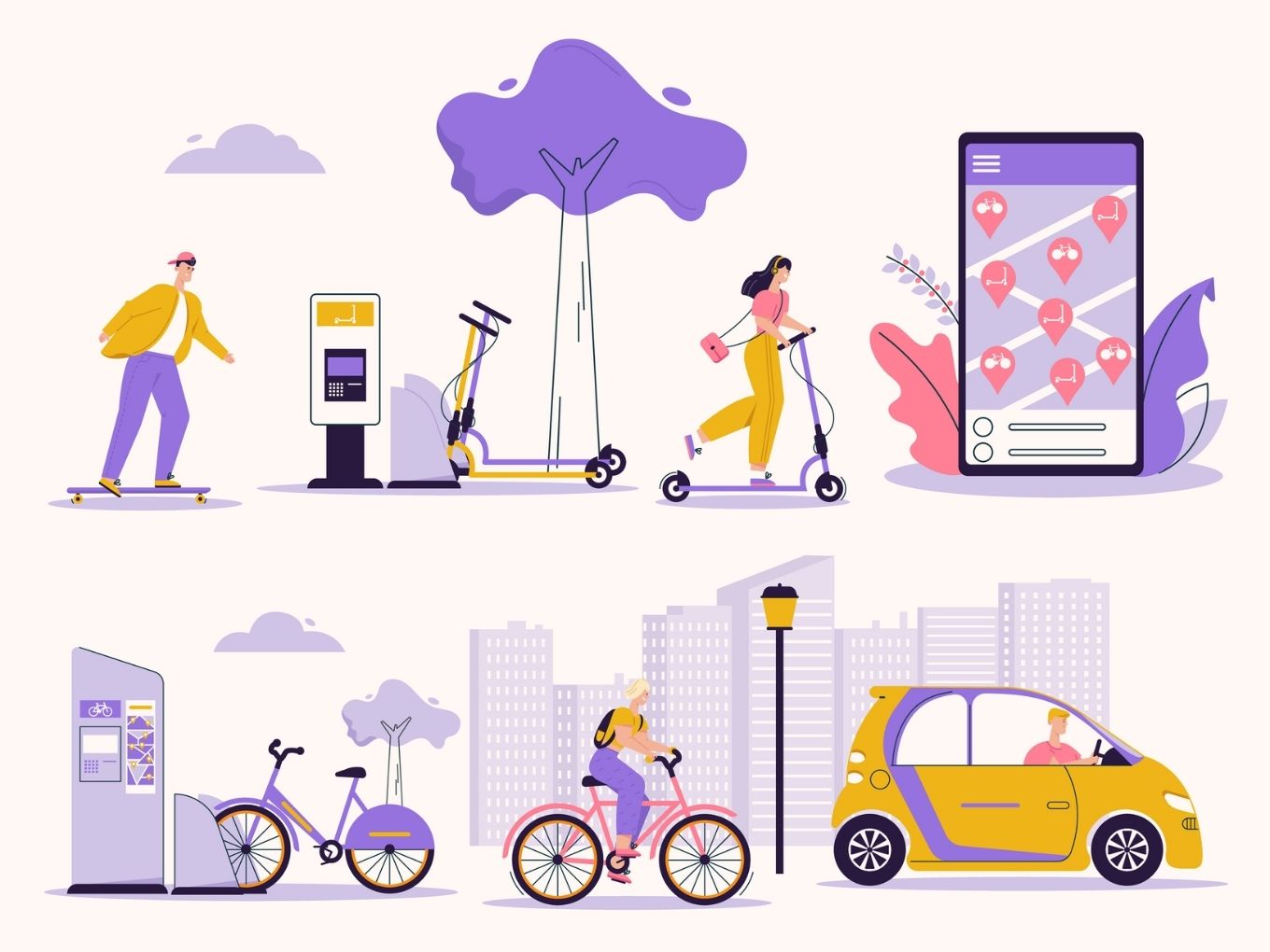
The Indian mobility and traveltech segment was hit hard as the country stepped into a Covid-induced lockdown and travel restrictions. The segment found itself under the burden of dried cash flow and little runway to deal with the heavy cost of their assets, workforce and, in some cases, even refund requests. Hence, the segment noted massive layoffs, cost-cutting exercise and even customer anger as the refunds lay stuck.
After a troubling couple of months, the Indian mobility segment is back on the road to recovery, a Redseed report highlighted. The consultancy firm noted that the segment has recovered nearly 63% from the pre-Covid level, with more than 71 Mn rides to its bucket in January 2021. It was catering to nearly 113 Mn rides in January 2020, before the Indian government announced the first lockdown.

The mobility segment witnessed no bookings in April, 2020 and witnessed slight uptake in May, 2020 as the government started relaxing the travel restrictions during the lockdown. Around the same time, Bengaluru-based cab aggregator Ola had laid off about 1,400 employees from its workforce, stating plummeting revenues. The company’s cofounder and CEO had come on record to say that Ola’s revenue had fallen about 95% between in the initial months of lockdown (March 25- May).
Auto, Bikes Have The Highest Recovery Rate
Among all the segments, autos and bike-taxis have recovered the highest, clocking about 23 Mn rides and 12 Mn rides respectively in January, 2021. However, the segment has not yet recovered completely as compared to the pre-Covid days, where autos were pumping 28 Mn rides and bike-taxis were catering to 19 Mn rides (January 2020). Cabs, on the other hand, have noted a 54% recovery, falling from 66 Mn in January 2020 to 36 Mn in January 2021.

It is important to note that Uber and Ola also offer bike and auto-hailing services, along with their core cab-hailing services. Uber India, today (March 1), announced that its mobility business was showing strong signs of recovery on the back of increasing rider demand for low-cost products Auto and Moto.
Other companies operating in this segment are bike-rental platform Bounce and Rapido, Mahindra-owned cab-hailing business Meru Cabs, and subscription-based car rental services Zoomcar and Drivezy.
All these businesses have been brought down to their knees during the pandemic. Both Zoomcar and Drivezy found themselves under massive refunds and payments request, attracting legal actions in some cases. Whereas Bounce has laid off about 40%-60% of its workforce as the demand for shared mobility remains low, 11 months after the initial Covid-19 lockdown and restrictions. The company employed about 600 people in June 2020, but currently employs about 200 people.
Both Bounce and Rapido started experimenting with alternate revenue streams during the pandemic. While Bounce went ahead with long-term rental services, Rapido stayed away from it. The company instead branched out to last-mile logistics service for retailers and app-based hyperlocal delivery providers.
Metros Continue To Grow Faster Than Non-Metros
Two cab-hailing companies — Ola and Uber — had recovered only 20% business by June 2020 as the work/study-from-home became a norm and many refused to step out or travel in the shared mobility segment. Many experts believed that the car-based riding hailing services would be able to recover only 50% of their businesses in 2020 at least. However, by November, Ola announced close to Pre-Covid levels traction, with a near-100% recovery in key cities during the festive season. The homegrown company had witnessed close to 80%-90% recovery in metro cities like Mumbai and Delhi.
In Uber’s case, the fastest recovering metro markets after the lockdown are Kolkata, Hyderabad and Mumbai.
The RedSeer report also found that metro cities noted the fastest recovery compared to any Tier II, III cities. Kolkata led the segment with an 80% recovery rate by January, 2021, whereas Mumbai and Delhi were at the second spot with 50% of pre-Covid traction. The report also noted that Pune had noted the highest month-on-month growth, but due to the low number of the base booking. Overall, Metro cities have noted a 37% year-on-year drop in the gross book value (GBV) in the top seven metro cities, from $259 Mn in January 2020 to $164 Mn opportunity in January 2021.

The post Autos And Bike-Taxis Lead Post-Covid Recovery For Mobility Sector With 35 Mn Rides In January 2021 appeared first on Inc42 Media.
0 Comments